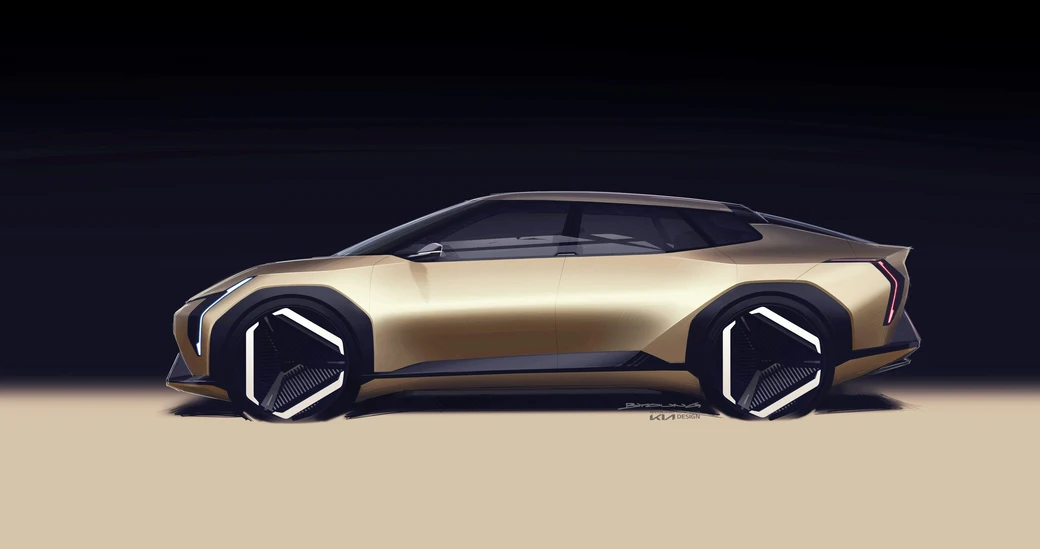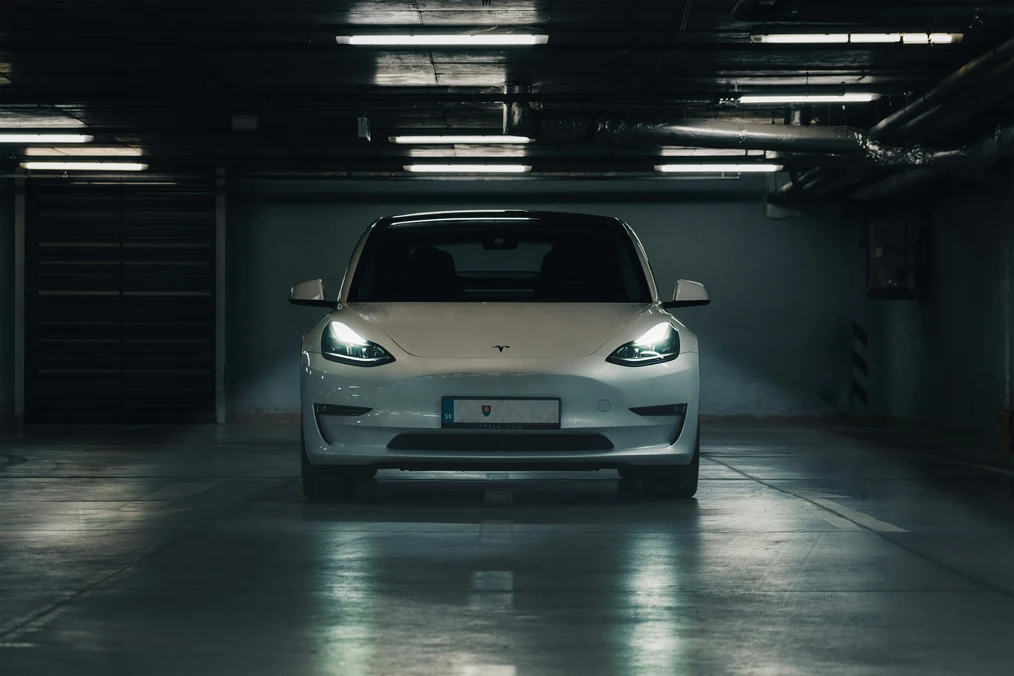Driving has always been about control — but in 2025, control is becoming intelligent. Modern AI navigation systems don’t just tell drivers where to go; they learn how you drive, how your car behaves, and how your environment changes minute by minute.
From predicting energy consumption in electric vehicles to mapping real-time charger availability, AI has turned navigation into a dynamic, personalized co-pilot. This evolution is about more than maps — it’s the dawn of context-aware mobility, where your car anticipates your needs before you even realize them.
Whether you’re commuting through the city or embarking on a cross-country drive, today’s AI navigation systems don’t just route — they reason.

What Changed: From Maps to Machine Learning
Traditional navigation software relied on static data and preset algorithms. They could display the shortest path but not the smartest.
The new generation of AI navigation uses real-time learning, combining predictive analytics, environmental modeling, and driver behavior recognition. It doesn’t just react to traffic — it foresees it.
For electric vehicle (EV) owners, this means total ecosystem awareness:
- Predicting battery range based on terrain, temperature, and driving habits.
- Identifying optimal charging stops in advance.
- Re-routing automatically if a charger is busy or under maintenance.
Companies like Tesla, Lucid Motors, and Mercedes-Benz now integrate AI-based range prediction models that adapt dynamically to every journey. Meanwhile, Google’s AI-powered Maps+ for EVs merges route optimization with charging analytics, giving drivers total visibility from power grid to plug.

Why It Matters for Drivers and the Future of Travel
1. Real-Time Decision Making
AI processes millions of data points — road sensors, camera feeds, weather APIs — in milliseconds. The result? Faster, safer, and more efficient routing than human intuition.
2. Range Confidence for EVs
Anxiety about battery range has long hindered EV adoption. AI navigation neutralizes this fear by providing live predictions of remaining distance, energy demand, and nearby chargers.
3. Adaptive Learning
Each trip trains the system. Over time, it learns your unique driving style — braking patterns, speed preferences, even your favorite music tempo — to build personalized route models.
4. Environmental Impact
By optimizing speed, route, and battery management, AI navigation can reduce an EV’s total energy consumption by up to 12%. On a global scale, that’s a massive sustainability boost.
5. Autonomous Readiness
AI navigation is also the foundational layer for autonomous driving. Today’s learning maps are tomorrow’s self-driving pathways.

Inside the Technology: How AI Navigation Works
1. Neural Routing Engines
AI routing systems rely on deep neural networks to process historical and real-time traffic data. Unlike rule-based logic, neural models learn the flow of human movement — adapting to patterns of rush hours, weather effects, and even event schedules.
2. Edge Computing Integration
Modern cars carry onboard processors capable of running navigation inference locally, reducing latency and maintaining function even in low connectivity zones.
3. Predictive Energy Modeling
EV navigation now integrates machine learning-based battery models. By analyzing elevation maps, tire friction, and external temperature, AI predicts power drain and charging intervals with high precision.
4. Collaborative Cloud Maps
Vehicles share live updates — construction zones, accidents, charging station status — creating constantly updating “living maps.” Tesla’s Autonavi Neural Cloud leads in this approach.
5. Conversational Interfaces
AI copilots like Mercedes MBUX, Tesla Voice, and Apple Car Intelligence turn navigation into conversation. Instead of “Set destination,” you can say, “Find the calmest route home” or “Plan a trip with fewer stops.”
Ethical, Safety, and Data Considerations
1. Privacy of Motion Data
AI navigation collects sensitive behavioral data. Systems must encrypt and anonymize routes to prevent traceable identity patterns.
2. Bias in Training Data
Algorithms can inadvertently prioritize routes favoring certain infrastructure (e.g., urban vs rural). Developers are now implementing equitable navigation logic to ensure fair access.
3. Decision Transparency
Drivers deserve to know why a certain route is recommended. Explainable AI (XAI) systems are being integrated to show reasoning (“This route saves 6 minutes but uses 2% more energy”).
4. Over-Reliance on AI
While automation increases comfort, over-dependence may reduce situational awareness. Best practice blends AI guidance with human judgment — a partnership, not surrender.
Step-by-Step: Using AI Navigation Like a Pro
| Step | Action | Benefit |
|---|---|---|
| 1 | Calibrate your EV profile | Ensures accurate range prediction |
| 2 | Enable predictive route learning | Personalizes travel behavior |
| 3 | Sync smart calendar & charging apps | Helps AI plan routes around your schedule |
| 4 | Check “energy economy mode” | Adjusts speed to balance time and range |
| 5 | Use natural language queries | Access smarter, context-driven routes |
| 6 | Monitor post-trip insights | Learn how terrain, habits, and speed affect efficiency |
Real-World Examples
Tesla Navigate+ AI (2025)
Combines LIDAR-free vision with predictive pathfinding. It identifies not just obstacles but behavior patterns in other drivers, adjusting accordingly.
Google Maps+ EV Layer
Partners with ChargePoint and Electrify America to integrate real-time charger reliability scores. If a charger is frequently offline, it’s deprioritized automatically.
Lucid RouteSense
Analyzes environmental conditions like humidity and temperature to refine energy consumption estimates — offering industry-leading 97% accuracy.
BMW iDrive 9 Neural Nav
Uses AI-generated “comfort maps” that consider driving stress levels, noise, and scenic views. The result? Routes optimized not just for time, but for mood.
The Road Ahead: Predictive, Personal, and Autonomous
AI navigation in 2025 is already predictive — but 2026 promises prescriptive intelligence. Future systems will not only anticipate your needs but negotiate them.
Imagine your car scheduling a charge automatically while you grab dinner, adjusting interior temperature based on your smartwatch readings, or coordinating traffic flow across entire cities to prevent congestion.
The line between navigation and autonomy will blur entirely. Soon, AI won’t just tell you where to go — it will help design the experience of getting there.
FAQs & Key Takeaways
Q: Can AI navigation work offline?
Yes. With edge computing, cars store regional datasets for local inference even without internet access.
Q: How accurate are AI-based range predictions?
Leading systems achieve 95–98% accuracy by combining driver data with environmental modeling.
Q: Are AI systems compatible with older EVs?
Yes. Retrofit dashboards and mobile apps bring advanced routing to legacy vehicles.
Q: Is AI navigation safe from hacking?
Top brands use end-to-end encryption, real-time anomaly detection, and federated learning for security.
Q: Will AI navigation replace human driving soon?
Not yet — but it’s the foundation of autonomy. AI assists, humans decide.
Key takeaway: AI navigation systems are turning cars into cognitive companions. The future of travel isn’t just electric — it’s intelligent.
At Designs24hr, we believe every innovation in AI and design brings us closer to a world that thinks, learns, and evolves with us.
If this article helped you learn something new or changed how you think about technology and creativity, share it — and tell us your experience in the comments.
Whenever you want to discover something new, explore the latest trends, or understand how AI is shaping design and daily living, visit Designs24hr.com — where intelligence meets imagination.
Designs24hr #AIDesign #SmartTravel #AINavigation #EVTech #OnTheRoad #AIinCars #DesignTrends #SmartLiving
Fascinated by the future of travel?
Check out the On the Road section at Designs24hr and see how AI is powering the next era of intelligent journeys.







